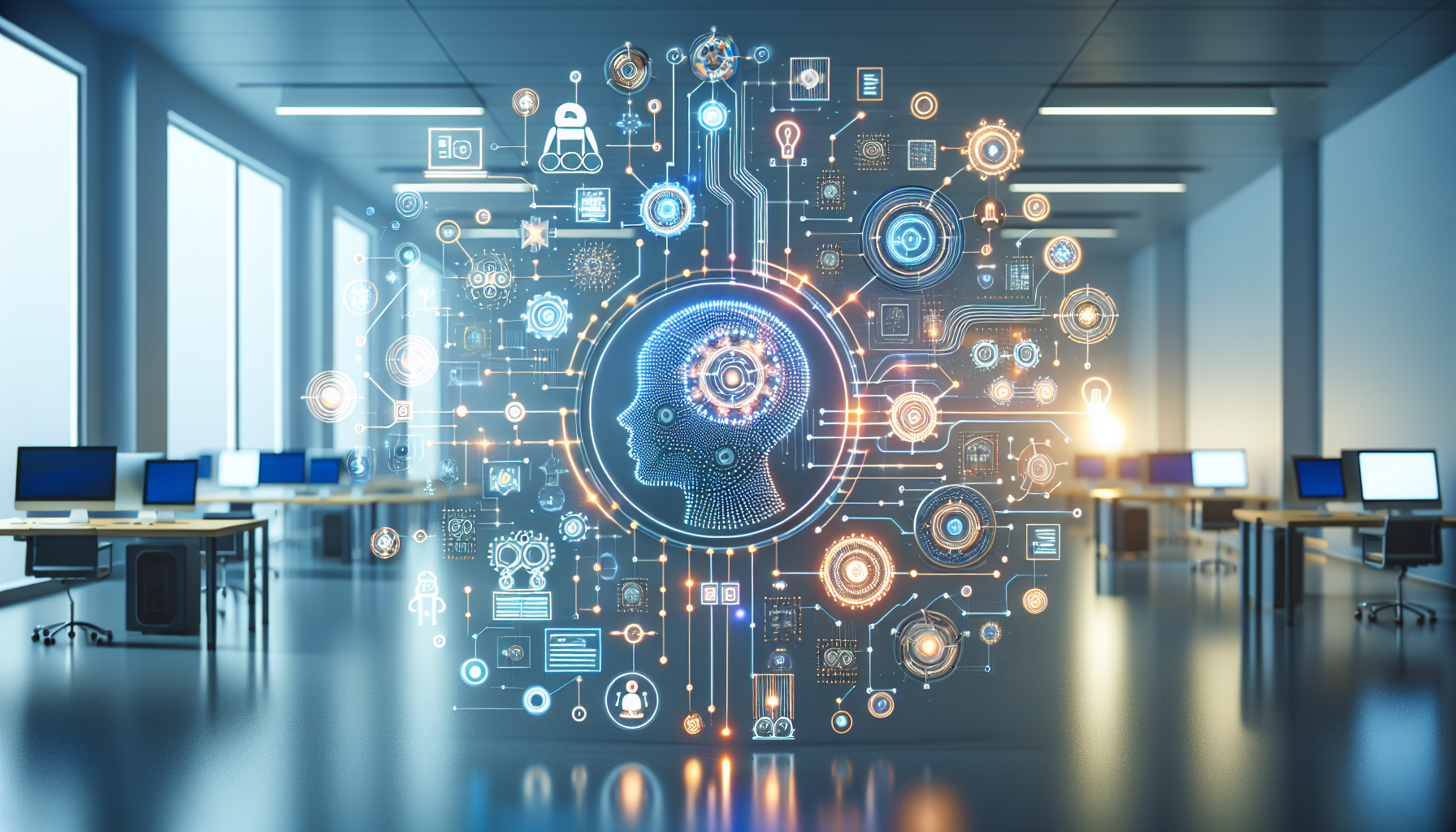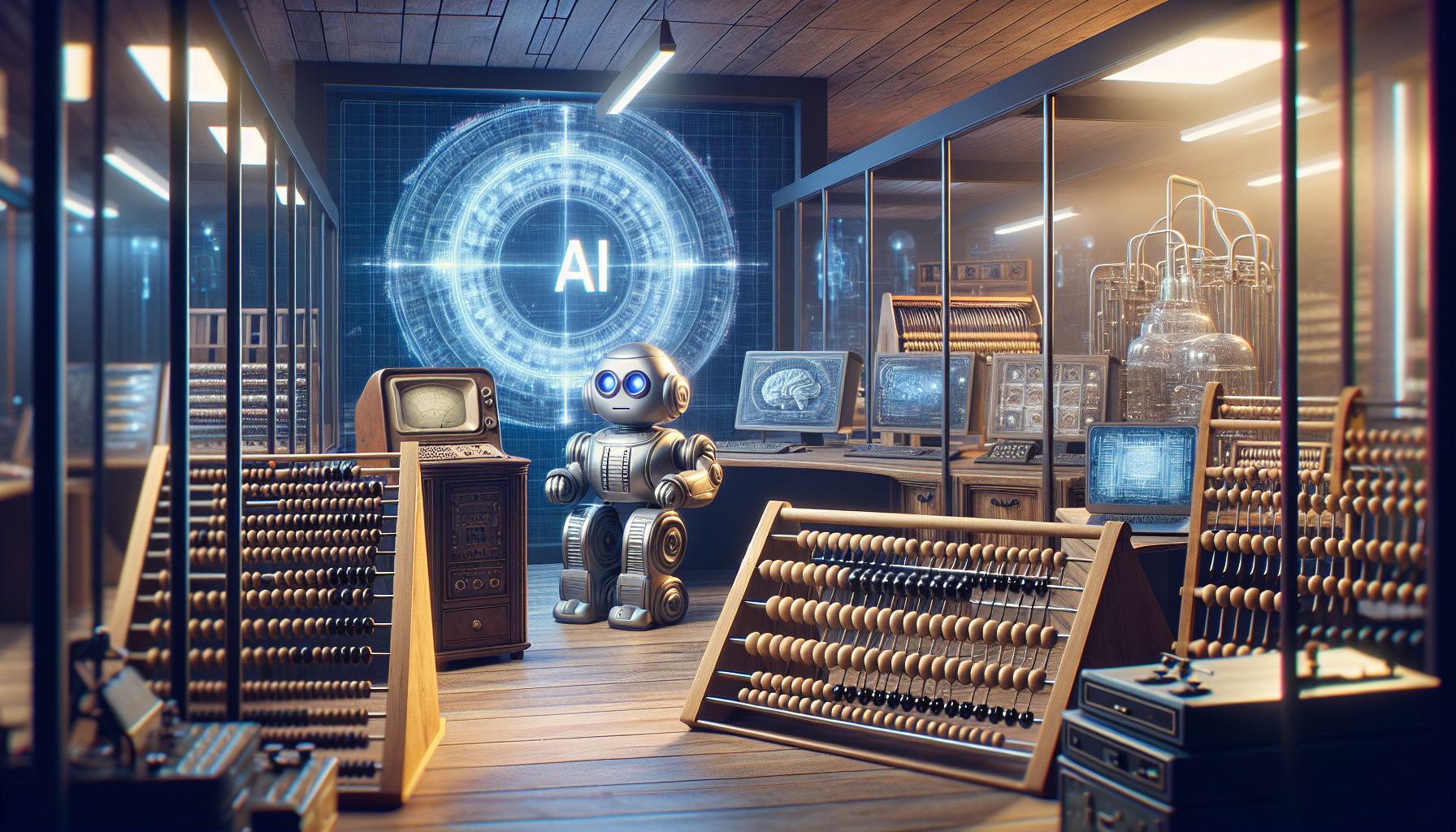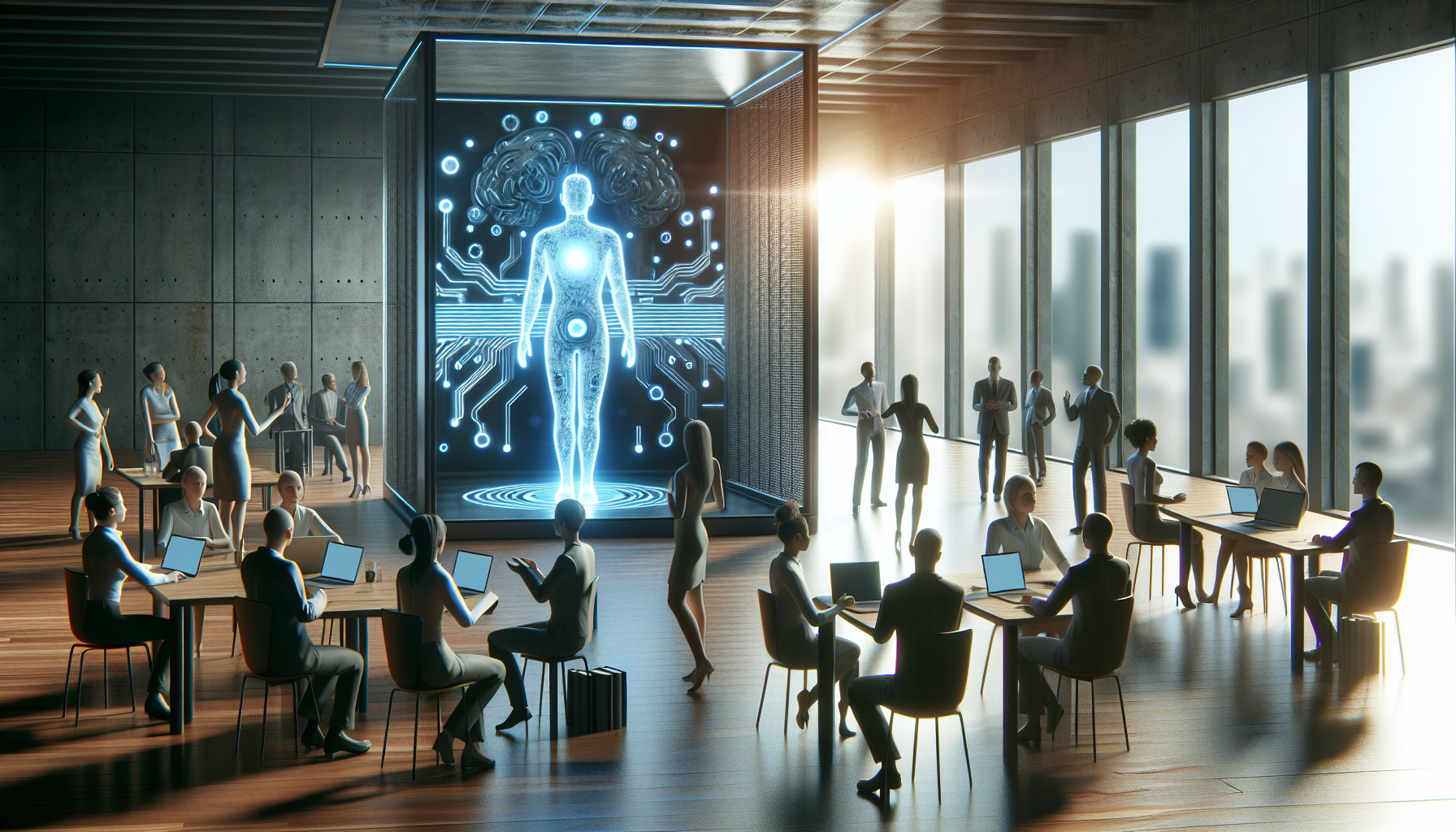
AI and the Canvas: Transforming Creativity in the Digital Age
May 28, 2025
When you think of art, the image that often springs to mind is probably a painter with brush in hand or a sculptor chiseling away at a block of marble. But have you ever considered the role artificial intelligence might play in this creative process? It's time to dive into a fascinating case study that showcases AI’s influence on art and creativity, highlighting how this technology is reshaping the artistic landscape in ways both surprising and profound.
Meet ARTificial, a collaborative project that brings together artists and AI to create something truly unique. The project began with a simple yet ambitious goal: to see if machines could not only mimic art but also co-create with human artists, enhancing the creative process rather than replacing it. The results have been nothing short of astonishing.
One of the pioneering pieces from ARTificial is an abstract painting that has garnered attention not just for its aesthetic value but also for its unique origin story. The artwork was created through a partnership between a renowned human artist and an AI program designed to analyze and learn from thousands of pieces of classic and contemporary art. The AI, interestingly named ARTI, was trained to understand different artistic styles, color theories, and compositional techniques.
During the creation process, the human artist would input a basic concept into ARTI, such as a theme or a particular emotion they wanted to convey. ARTI would then generate a series of initial sketches that the artist could choose from, modify, or discard entirely. This back-and-forth dialogue between human and machine challenged traditional notions of authorship and creativity, leading to a final product that was a true collaboration.
But what makes this case study so captivating is not just the artwork itself, but the conversations it has sparked about the role of AI in creativity. Critics and enthusiasts alike have debated whether a machine can truly be creative, or if it merely processes data in a way that mimics creativity. What ARTificial has shown is that creativity might not be an exclusive human trait; instead, it can be an emergent property of complex interactions, something that can be shared between humans and intelligent systems.
In another interesting twist, ARTificial has also opened up new avenues for artists facing creative blocks. By utilizing AI as a tool to generate fresh ideas or unexpected juxtapositions, artists have been able to push beyond their usual limits. This has introduced an element of surprise and discovery back into their work, reminiscent of the serendipity many artists crave. The AI doesn’t just contribute to the final product but also becomes a source of inspiration and innovation during the artistic process.
Moreover, AI’s influence extends beyond visual arts. In the realm of music, AI algorithms are being used to compose symphonies, generate new genres, and even improve the quality of sound production. Musicians are finding that collaborating with AI can lead to unexpected harmonies and rhythms, challenging their preconceived notions of what music can be.
The implications of this technology are far-reaching. As AI continues to evolve, it raises important questions about intellectual property, the nature of creativity, and the future of artistic professions. Can a machine hold copyright over a piece it helped create? Should artists disclose the role of AI in their work? These are not just technical or legal questions, but philosophical ones that may redefine our understanding of art itself.
So, what does all this mean for the future of art and creativity? It suggests a new paradigm where humans and machines work together, each bringing their strengths to the table. While AI can process vast amounts of data and generate myriad possibilities, it is the human touch — the intuition, the emotional depth, and the cultural context — that ultimately shapes the final piece. This partnership could lead to a renaissance of creativity, where boundaries are tested and new frontiers are explored.
As we ponder these developments, one can't help but wonder: Could the art world be witnessing the birth of a new genre, one where the creator is not singular but a collective intelligence? The conversation about AI in art is just beginning, and it promises to be as dynamic and evolving as the artworks it helps produce. Whether you're an artist, a technologist, or simply an admirer of creativity, the possibilities are endless and well worth exploring.


